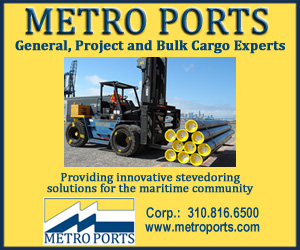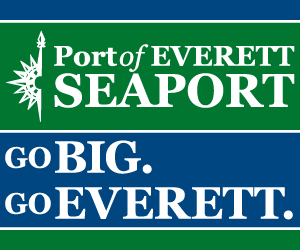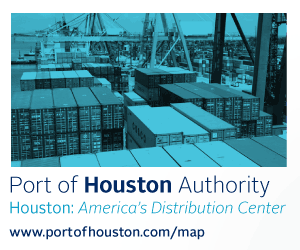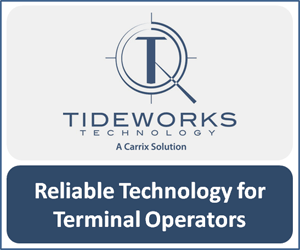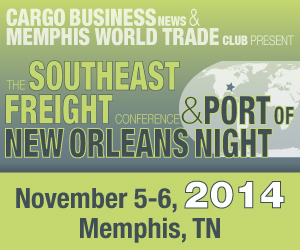
Tuesday, November 11, 2014
Drewry: Container carriers shifting to Suez Canal for Asia-U.S. East Coast trade
The trend towards shipping lines moving more Asia-U.S. East Coast container services through the Suez Canal route and fewer through the traditional Panama Canal route is escalating, according to the latest issue of Container Insight by Drewry Maritime Research.
Based on Drewry’s tracking of container services, another 2 Panama weekly services between Asia and the U.S. East Coast have been eliminated in the past year and were replaced by an additional Suez loop.
Only 62 percent of services in this trade lane (counted by the number of loops) now use the Panama Canal route, analysts say. During the forthcoming winter season, when the G6 alliance merges its NCE and SCE Panama Canal services into just one loop, the proportion is expected to fall to 60 percent.
Drewry says that Evergreen, the newest member of the CKYHE alliance, replaced its former independent Asia-Panama Canal-USEC "AUE" service (using 4,200-TEU vessels) with a joint Asia-Suez Canal-USEC "AWE8/AUE" service with Hanjin (using 8,200-TEU ships).
The Panama Canal route is now the less popular route – a huge turnaround from late 2009 when there were only three Suez routed services. Between October 2013 and October 2014, researchers note the Suez Canal route increased its share of total Asia-U.S. East Coast ship capacity from 44 percent to 52 percent.
Container Insight notes another development of concern for the Panama Canal is that the Asia-Suez Canal-U.S. East Coast route is now also making inroads into the Taiwan, Shanghai and Ningbo markets.
Another reason for the switch of carrier strategy, according to Drewry, is that bigger ships can be deployed on the Suez route, ships up to 7500-TEU. The Panama Canal’s maximum size limit right now is 5,000 TEUs. An extra Suez loop adds nearly twice as much capacity as an existing Panama loop.
In conclusion, Drewry says the primary reason carriers are switching to the Suez Canal is that they currently have a surplus of 8,000-TEU ships. Once the widened Panama Canal is open in 2016, Asia-U.S. East Coast services (other than those from South East Asia) will probably go back to the Panama Canal route, provided its new canal tolls (yet to be announced) are reasonable.
More Newswire stories
Port management says L.A.-Long Beach dockworkers staging slowdown
Charleston added to Hapag-Lloyd’s Atlantic Express service
Maersk Line to pay $8.7M settlement to U.S. government
Brooklyn Bridge survives after being hit by cargo ship


Home | The Magazine | Conferences | Port Handbooks | Newswire | Advertise | Ocean Schedules | Contact
CBN Archives | About CBN | Subscribe to CBN | Marine Fuels Conference | Southeast Freight Conference | Heartland Shippers’ Conference | Port Productivity Conference | Pacific Northwest Ports Handbook
Golden Gates Ports Handbook | Southern California Ports Handbook | Buy Handbooks | Subscirbe to Newswire | Newswire Archives | Upload Files
